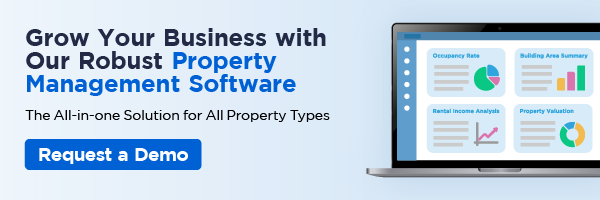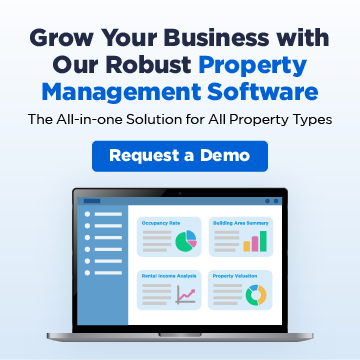The world is dealing with talent shortages. So too is Hong Kong. The Hong Kong General Chamber of Commerce’s (HKGCC) Talent Shortage Survey 2023 found that 74% of Hong Kong employers are struggling with talent shortages where 61% have been suffering from this issue for up to three years. The factors that respondents blamed the most for the shortages are desire for higher pay (79%), emigration (70%), desire for a better work-life balance (51%).
In the post-pandemic workplace, some work arrangements such as hybrid working that have challenged the traditional workplace that were not prioritized by employers have become the new normals these years. According to a survey by PwC, 76% of Hong Kong employees are now adopting a hybrid working model, significantly higher than Asia-Pacific (59%) and global (54%). These new trends have significantly, even irreversibly, changed the way people work and the business landscape alike. As we prepare to enter and navigate in a new era of work, it is important for boards of directors and HR professionals to stay ahead of the curve to create a more dynamic and adaptable workplace that attracts talent and engages employees.
What Will the Future Workplace Look Like?
The future of the workplace will be employee-centric and technology-driven. The world is changing rapidly, leaders will continue to face challenges, such as talent and skills shortages, changing talent expectations, fierce competition for talent, high employee turnover rates, and so on. Compared to a traditional workplace, a modern workplace is more likely to evolve constantly to meet the changing needs of all of its stakeholders including employees, investors and the wider communities. It also requires employers to shift their focus to employee satisfaction and employee well-being. A Randstad survey showed that 73% of Hongkongers ranked compensation, the findings indicated that despite reviewing the remuneration package of your employees. To ensure your company is competitive in the labor market, and to survive talent shortages in the coming future, here are some practical tips from us.
Gen Zs and Millennials
Millennials, typically defined as people born between 1981-1996, are taking high-level roles and responsibilities in the workplace where Gen Zs, often defined as those born between 1997-2012, have started entering labor markets. Millennials and Gen Zs are becoming a major force in the global workforce, they are catalysts that have been shaping the future of the workplace. As we mentioned, employee satisfaction and employee well-being will take center stage in the future workplace. Therefore, not only do these younger generations consider pay, compensation and benefits while looking for a job, but they also consider career development and advancement, workplace flexibility, meaningfulness of work, company culture, and etc.
According to McKinsey & Company, Gen Zs ranked meaningful work and workplace flexibility as the top reasons they take a new job when offered. What’s even more surprising is that inadequate pay was ranked the third reason for quitting by Gen Zs, while other age groups ranked it first. It can’t be denied that today’s employees have prioritized their personal life over work. The workplace is changing fast, embracing the changes, and understanding the younger generations’ impact and expectations are crucial to attract young top talent and create an inclusive and productive work environment.
Upskilling and Reskilling Current Employees
Although developing a younger workforce is material for the long-term success of your company, it doesn’t mean that age should always come first while hiring new employees. It is not easy – also expensive – to find the right talent with the right skill sets for a role, the smarter and more cost-effective choice is to upskill or reskill your existing employees to survive a talent shortage.
Upskilling is when an employee learns new skills that build upon their skillset to help them do their current job better; reskilling refers to learning new abilities to take on a completely new role. Once leaders and HR professionals understand their workforce well, they can then develop suitable training and development initiatives to upskill and reskill their existing staff, bringing a lot of benefits like increased productivity and efficiency, higher employee satisfaction, decreased staff turnover and corporate culture improvements.
Technology Will Be A Game Changer
Regardless of industry and company size, embracing technology like Generative-AI and business software solutions can lay a foundation for long-term success. Technology can be leveraged in diverse ways to optimize HR processes, including recruitment, onboarding and training, employee satisfaction and retention. For Example, ERP software gathers, analyzes HR data to help HR managers make faster and more informed decisions that will boost employee satisfaction and productivity.
Recruitment: Technology can automate job postings, screen resumes, and provide accurate data and analytics to track recruitment metrics so the company can identify areas of improvement and adjust their strategies accordingly.
Onboarding and training: HR solutions can automate the onboarding and training process. Onboarding is the first important step for employee engagement and retention. You can automate the onboarding process to enhance your newcomers’ onboarding experiences, such as reducing manual processes and paperwork, centralizing a hub of on-boarding-related information that every employee can access, and creating social connections that will make new employees feel welcomed and supported.
For employee training, HR solutions that record the profile of each employee allow managers to manage employees’ career development paths easier than ever before. Moreover, remote training allows employees to attend training sessions and access training materials from anywhere.
Employee satisfaction and retention: Technology enables clearer communication across an organization anytime and anywhere, which helps your employees – including those working remotely – become more engaged. HR solutions sometimes come with a self-service portal which allows employees to take control of their own employment information like pay history and leave applications, giving them more autonomy and empowering work culture. All of these benefits can lead to a higher level of employee satisfaction and lower employee turnover rate.
How Do Real Estate/ Property Management Companies Survive A Talent Shortage?
Talent is the greatest asset of every company. By leveraging HR software solutions, you can develop a more strategic HR strategy and make more informed decisions with high data visibility to attract and retain top talent. FlexSystem’s robust and innovative HR software solutions, including HR and payroll system, Cloud HRMS, Employee Self Service (ESS) and the Alpha Connect App, are designed to help companies automate and streamline the HR processes, maximizing return on investment and enhancing operational efficiency. Contact us to get a free demo: https://www.flex.hk/
GaiaPM, a member of the FlexSystem Group, provides international lease and property management software designed to help you drive performance up and costs down. As a global solutions provider in over 38 countries GaiaPM, together with its proven solutions for multi-currency financials, human resources, and operations, is a business software vendor to 1 in 10 Forbes Global 2000 (May 2020), and 1 in 5 Global Fortune 500 (August 2020), operating at the intersection of new digital process and payment technologies, whether on-premise, hybrid or cloud, to provide you with iterative opportunities for value creation.





